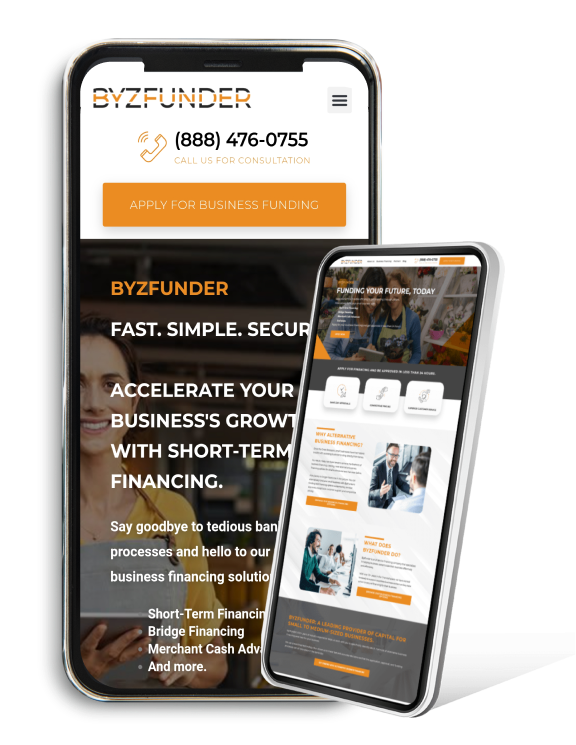As a small business owner, you may need short-term financing to keep your operations running smoothly. Many terms and concepts associated with small business lending can be confusing to those without a financial background. To help clarify things, we’ve put together a comprehensive glossary of short-term financing terms.
Short-Term Financing Glossary:
- Principal:
The amount of money borrowed in a loan, including interest and fees. This is the original amount of money that the borrower receives from the lender.
- Interest:
The cost of borrowing money is expressed as a percentage of the principal. Interest is typically charged monthly or quarterly and is added to the loan balance over time.
- Loan Term:
The length of time that a loan is to be repaid is typically measured in months or years. Loan terms can vary from a few months to several years, and they may be fixed or adjustable.
- Repayment Schedule:
A plan for paying back the loan, including the amount and frequency of payments. Repayment schedules can be structured in various ways, such as monthly, bi-monthly, or quarterly payments.
- Collateral: Assets that are pledged as security for a loan, such as property, equipment, or inventory. Collateral provides additional security for the lender if the borrower defaults on the loan.
- Default:
A failure to repay a loan in accordance with the repayment schedule. Default can result in the lender taking legal action to collect the loan balance or repossessing the collateral if it was used to secure the loan.
- Prepayment Penalty:
A fee that may be charged if a loan is repaid ahead of schedule. This fee is designed to compensate the lender for the loss of future interest payments.
- Late Payment Fee:
A fee may be charged if a loan payment is not made on time. Late payment fees may be a percentage of the missed payment or a flat fee, which may increase with each subsequent late payment.
- Annual Percentage Rate (APR):
The cost of borrowing money, expressed as an annual percentage rate that includes both the interest rate and any fees. The APR is a more comprehensive measure of the cost of borrowing than the interest rate alone, as it considers the impact of fees and other charges.
- Amortization:
The process of paying off a loan in regular, equal installments over a set period of time. Amortization schedules can be structured in various ways, such as equal payments over the life of the loan or payments that start low and gradually increase over time.
- Balloon Payment:
A large, final payment due at the end of a loan term after a series of smaller payments have been made. Balloon payments are often used in adjustable-rate loans or other loan products with low monthly payments in the early years.
- Personal Guarantee:
A promise by an individual to repay a loan if the business cannot do so. Personal guarantees are often required when the business does not have sufficient assets or credit history to secure a loan on its own.
- Secured Loan:
A loan that is backed by collateral, such as property, equipment, or inventory. Secured loans typically have lower interest rates and more favorable terms than unsecured loans, as the lender is better protected in case of default.
- Unsecured Loan:
A loan that is not backed by collateral. Unsecured loans typically have higher interest rates and less favorable terms than secured loans, as the lender is taking on more risk.
- Rollover:
The loan term extension, with the loan balance being rolled over into a new loan. Rollovers can be used to extend the loan term or to refinance a loan with more favorable terms.
- Refinancing:
The process of replacing an existing loan with a new loan, often with different terms and conditions
- Capitalization:
Adding unpaid interest to the loan balance increases the amount of the loan and the cost of borrowing.
- Covenants:
Restrictions are placed on the borrower as part of the loan agreement, such as requirements for maintaining a minimum level of cash reserves or obtaining prior approval for certain expenditures.
By understanding these terms, small business owners will be better equipped to evaluate financing options and negotiate lending contracts that are favorable for their business.
Feeling ready to apply for short-term financing? Apply with us today and receive same-day approval.
